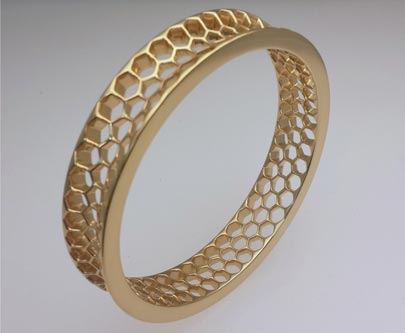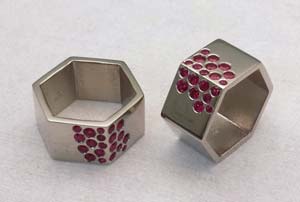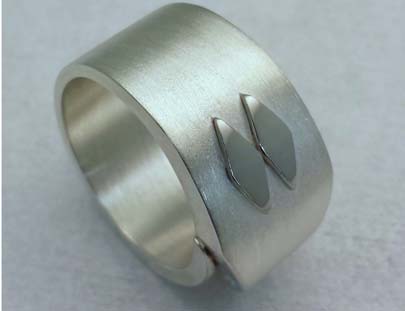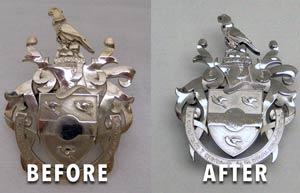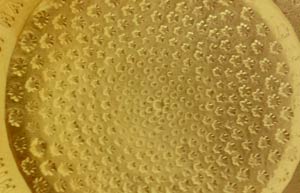Measuring Layer Thickness on Gold Plated Surfaces
One of the most confusing issues for the consumer new to the electroplating field, is the specifications and measurements that are utilized to classify plating thickness. Because specifications play a…
